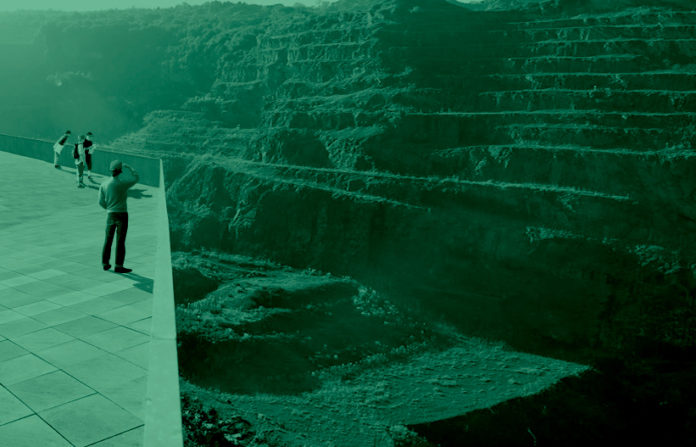El consejero de Turismo ha inaugurado el II Foro Internacional de Turismo Industrial en Euskadi, en el que se ha abordado el paisaje industrial como recurso turístico y cultural a través de experiencias llevadas a cabo en diversas comunidades autónomas.
The Minister of Tourism inaugurated the II International Forum on Industrial Tourism in the Basque Country, which addressed the industrial landscape as a tourist and cultural resource through experiences carried out in various autonomous communities.
El consejero de Turismo, Javier Hurtado, ha asegurado que el turismo industrial «da una imagen más completa de Euskadi» y «contribuye a diversificar» la oferta turística vasca y a «ampliar la experiencia del visitante». Inauguró en la Ekoetxea Meatzaldea de Gallarta el II Foro Internacional de Turismo Industrial en Euskadi, que en esta edición, tras el parón por la pandemia, incluye una agenda de visitas profesionales al paisaje industrial de Karrantza y al de la ría del Nervión-Ibaizabal.
Hurtado ha destacado la importancia del turismo industrial por su «especial significado en la conformación de la imagen de Euskadi» y por «su papel como conservador de esa memoria», según ha informado el Gobierno vasco. Además, ha indicado que permite ampliar «la variedad de oferta turística de Euskadi para un visitante buscador de experiencias auténticas y singulares» y «contribuye a la desestacionalización» y ayuda a promocionar comarcas y municipios «menos ligados» al turismo tradicional.
El Gobierno vasco ha creado la Red Vasca de Turismo Industrial, compuesta por 34 recursos. Además, tras la adhesión a la Ruta Europea de Patrimonio Industrial (ERIH por sus siglas en inglés), Euskadi cuenta con tres puntos de especial interés: La Encartada en Balmaseda, el Valle Salado de Añana y el Museo del Ferrocarril de Azpeitia. El consejero ha destacado que el plan de impulso y valorización de activos turísticos de las Zonas de Actuación Preferente será un importante paso para mejorar dichos recursos y poder ampliar la red.
Así, con fondos del Plan Berpiztu, se invertirán 6,5 millones para desarrollar actuaciones turísticas en municipios y comarcas relacionadas, en su mayoría, con recursos de turismo industrial que buscan promocionarlos, impulsar su digitalización y adaptación a la promoción turística. El foro ha abordado el paisaje industrial como recurso turístico y cultural a través de experiencias llevadas a cabo en diversas comunidades autónomas, así como en la República Checa y Polonia.
The Minister of Tourism, Javier Hurtado, has assured that industrial tourism «gives a more complete image of Euskadi» and «contributes to diversify» the Basque tourist offer and «broaden the visitor’s experience». He inaugurated in the Ekoetxea Meatzaldea of Gallarta the II International Forum of Industrial Tourism in Euskadi, which in this edition, after the break due to the pandemic, includes an agenda of professional visits to the industrial landscape of Karrantza and the Nervión-Ibaizabal estuary.
Hurtado has highlighted the importance of industrial tourism for its «special significance in shaping the image of Euskadi» and for «its role as a preserver of that memory», as reported by the Basque Government. In addition, it has indicated that it allows to expand «the variety of tourist offer of Euskadi for a visitor looking for authentic and unique experiences» and «contributes to the deseasonalization» and helps to promote regions and municipalities «less linked» to traditional tourism.
The Basque Government has created the Basque Industrial Tourism Network, made up of 34 resources. In addition, after joining the European Route of Industrial Heritage (ERIH), Euskadi has three points of special interest: La Encartada in Balmaseda, the Salt Valley of Añana and the Railway Museum of Azpeitia. The Minister stressed that the plan to promote and enhance tourism assets in the Preferential Action Zones will be an important step to improve these resources and to expand the network.
Thus, with funds from the Berpiztu Plan, 6.5 million will be invested to develop tourism actions in municipalities and counties related, for the most part, with industrial tourism resources that seek to promote them, boost their digitalization and adaptation to tourism promotion. The forum has addressed the industrial landscape as a tourist and cultural resource through experiences carried out in various autonomous communities, as well as in the Czech Republic and Poland.












































































































